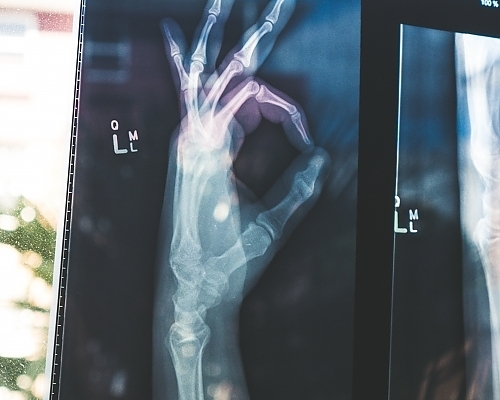Our Blog
What Are the Most Common Procedures Performed Using Interventional Radiology?

Interventional radiology (IR) has emerged as a game-changer in the medical field, providing a middle ground between diagnostics and treatment. This innovative approach combines imaging techniques with minimally invasive procedures to address a wide array of medical conditions. At Great Lakes Medical Imaging in Buffalo, NY, our interventional radiologists are at the forefront of this medical evolution, offering cutting-edge solutions to our Western NY community. In this piece, we shed light on some of the most commonly performed procedures using interventional radiology.
1. Angiography and Angioplasty
Angiography is an imaging technique used to visualize blood vessels, often to detect blockages or aneurysms. If a blockage is identified, angioplasty can be performed simultaneously, using a balloon to widen the vessel and, if necessary, placing a stent to keep it open.
2. Embolization
In this procedure, interventional radiologists use imaging to guide the insertion of a catheter to a specific location, where they then deposit agents to block blood flow. It's commonly used to treat aneurysms or to reduce blood supply to tumors.
3. Uterine Fibroid Embolization
Specifically targeting uterine fibroids, this embolization procedure reduces blood flow to these benign tumors, causing them to shrink and alleviating associated symptoms.
4. Biopsies
Using imaging guidance, radiologists can extract tissue samples from various body parts with precision. This minimally invasive approach ensures accuracy and reduces associated risks.
5. Central Venous Access
When patients require long-term intravenous medications, nutrients, or chemotherapy, interventional radiologists can place central lines or ports, ensuring safe and consistent access to the bloodstream.
6. Chemoembolization and Radioembolization
Used primarily for liver cancers, these procedures combine embolization with localized delivery of chemotherapy or radiation, ensuring targeted treatment with minimal side effects.
7. Vertebral Augmentation
For patients suffering from painful vertebral compression fractures, IR offers procedures like vertebroplasty and kyphoplasty. These involve injecting bone cement to stabilize the fracture, alleviating pain and restoring mobility.
8. Ablation Procedures
Using techniques like radiofrequency, microwave, or cryoablation, interventional radiologists can target and destroy tumors, especially in organs like the liver, kidneys, or lungs.
In Conclusion
The scope of interventional radiology is vast, bridging the gap between diagnosis and treatment. Its minimally invasive nature, combined with the precision of imaging guidance, makes it a powerful tool in modern medicine, offering patients effective treatment options with reduced recovery times.
At Great Lakes Medical Imaging in Buffalo, NY, our commitment is to bring the best of interventional radiology to the Western NY community. Whether it's diagnostics, treatment, or both, our expert team ensures that every patient receives top-tier care, tailored to their unique needs.
If you're considering a procedure or seeking more information on interventional radiology and its applications, we're here to assist.
To schedule a consultation or to learn more, please visit our contact page.
Sources:
Disclaimer: This blog article is for general informational purposes only and should not be construed as professional medical advice. Always seek the advice of your physician or other qualified health provider with any questions you may have regarding a medical condition.
‹ Back









